Introduction: The Debate Over AI in Predictive Maintenance
In industries where equipment uptime is critical, predictive maintenance AI tools are touted as game-changers. They promise to foresee equipment failures, reduce downtime, and save costs by predicting when maintenance should occur before issues arise.
But here’s the controversial question: Are these AI tools truly preventing breakdowns and boosting efficiency, or are they overcomplicating straightforward maintenance tasks with unnecessary technology? In this article, we’ll explore some of the best AI tools for predictive maintenance, their features, and how they’re impacting various industries.
Why Predictive Maintenance Needs AI Tools
Managing equipment maintenance involves monitoring performance, predicting failures, and scheduling repairs. AI tools are designed to tackle these challenges by:
Enhancing accuracy: AI can analyze data from sensors to predict equipment failures with high precision.
Increasing efficiency: Automated systems optimize maintenance schedules and reduce unnecessary inspections.
Improving safety: AI tools help prevent catastrophic failures, ensuring a safer working environment.
But do these tools really deliver on their promises? Let’s dive into some of the top AI tools in predictive maintenance.
Top AI Tools for Predictive Maintenance
Here’s a breakdown of some of the most innovative AI tools currently transforming predictive maintenance:
1. IBM Maximo
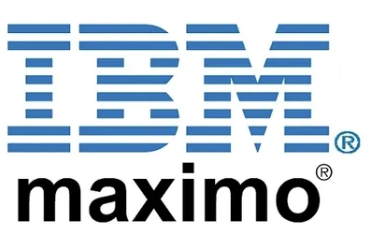
Why it’s great: IBM Maximo leverages AI to provide a comprehensive asset management solution, focusing on predictive and preventive maintenance.
Key features:
AI-driven predictive analytics for identifying potential equipment failures
Automated insights for optimizing maintenance schedules and resource allocation
Integration with IBM’s cloud and IoT solutions for comprehensive data analysis
Pros:
Robust analytics capabilities with AI integration
Ideal for large enterprises needing detailed asset management solutions
Cons:
Requires technical expertise for setup and customization
Subscription costs may be high for smaller businesses
2. GE Predix Asset Performance Management (APM)
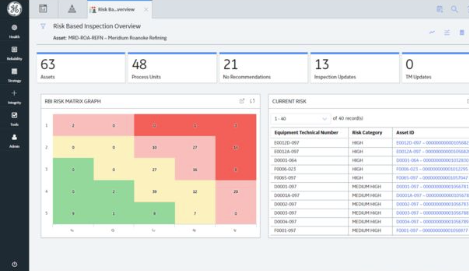
Why it’s great: GE Predix APM uses AI to offer a scalable platform for asset performance management, focusing on predictive analytics and risk management.
Key features:
AI-driven predictive analytics for asset health monitoring and failure prediction
Automated insights for enhancing risk management and maintenance planning
Integration with GE’s industrial IoT platform for real-time data processing
Pros:
Comprehensive asset monitoring capabilities with AI integration
Ideal for industries with critical asset performance needs
Cons:
Complex implementation process
Subscription costs could be prohibitive for smaller companies
3. Siemens MindSphere
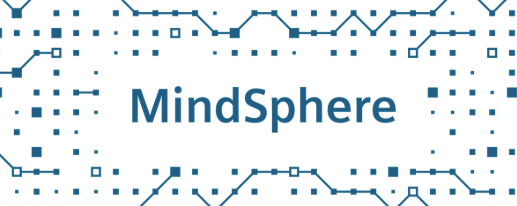
Why it’s great: Siemens MindSphere uses AI to provide an open IoT operating system, focusing on predictive maintenance and data analytics.
Key features:
AI-driven predictive maintenance and data analytics for equipment monitoring
Real-time insights for improving maintenance efficiency and reducing downtime
Integration with Siemens’ suite of industrial applications
Pros:
High-level data integration capabilities with AI integration
Ideal for manufacturers seeking to optimize equipment performance
Cons:
Requires familiarity with Siemens’ IoT ecosystem
Subscription costs may be high for extensive usage
4. PTC ThingWorx
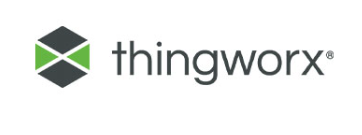
Why it’s great: PTC ThingWorx leverages AI to offer an industrial IoT platform, focusing on predictive maintenance and operational efficiency.
Key features:
AI-driven predictive maintenance and operational insights
Automated insights for enhancing equipment reliability and performance
Integration with PTC’s suite of IoT and augmented reality solutions
Pros:
Intuitive interface with AI integration for ease of use
Ideal for industries needing agile and responsive maintenance solutions
Cons:
Limited advanced features compared to larger platforms
Subscription required for full feature access
5. SAP Predictive Maintenance and Service
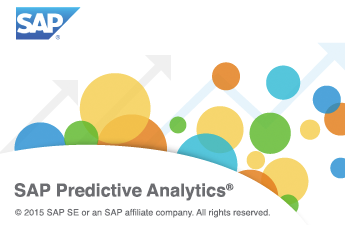
Why it’s great: SAP’s solution uses AI to provide a comprehensive platform for predictive maintenance, focusing on asset health and service management.
Key features:
AI-driven asset health monitoring and predictive analytics
Real-time insights for optimizing maintenance strategies and reducing costs
Integration with SAP’s suite of enterprise management solutions
Pros:
Comprehensive features with AI integration for various business needs
Ideal for enterprises seeking to enhance asset management
Cons:
Requires time to fully utilize all features
Subscription costs could increase with additional users and features
The Pros and Cons of AI Tools in Predictive Maintenance
While these tools offer significant advantages, they’re not without their challenges. Let’s break it down:
Pros:
Enhanced accuracy: AI tools predict equipment failures with high precision.
Increased efficiency: Automation optimizes maintenance schedules and reduces downtime.
Improved safety: Predictive maintenance prevents catastrophic failures, ensuring safety.
Cons:
High costs: Many AI tools are expensive, making them inaccessible to smaller businesses.
Complex implementation: Integrating AI tools into existing workflows can be challenging.
Dependence on technology: Over-reliance on AI may reduce human oversight and intuition.
FAQs About AI Tools in Predictive Maintenance
Q: Can AI tools replace traditional maintenance methods?
A: While AI tools enhance efficiency and accuracy, traditional methods are still essential for comprehensive equipment maintenance.
Q: Are these tools suitable for all types of industries?
A: Yes, many tools like IBM Maximo and Siemens MindSphere offer scalable features suitable for various industrial applications.
Q: Do AI tools guarantee improved maintenance outcomes?
A: AI tools significantly enhance the chances of improved outcomes through precise analytics and automation, but success also depends on strategic implementation and user engagement.
Conclusion: Are AI Tools the Future of Predictive Maintenance?
AI tools like IBM Maximo, GE Predix APM, Siemens MindSphere, PTC ThingWorx, and SAP Predictive Maintenance and Service are undeniably transforming predictive maintenance. They offer enhanced accuracy, increased efficiency, and improved safety, making it easier to avoid equipment failures.
